How Swimming can Benefit you as a Runner
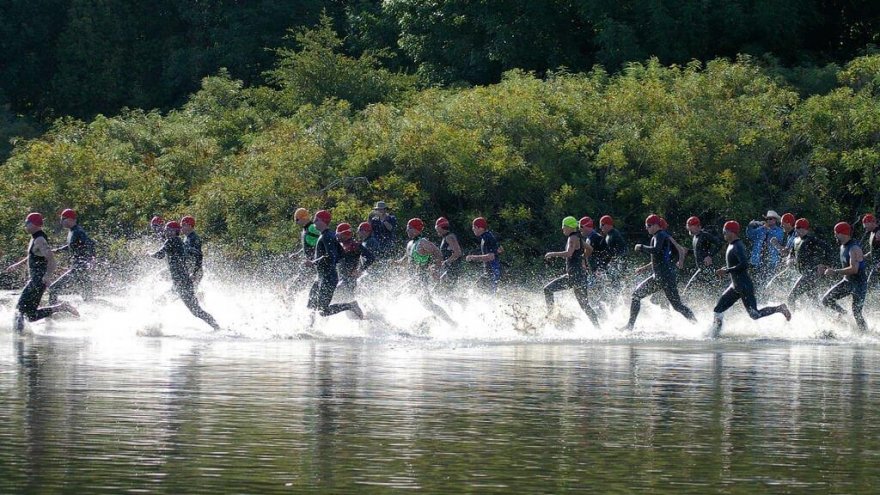
When you´re really passionate about running it´s only understandable that you prefer to run, above any other athletic activity. Nonetheless, sometimes that energy boost that running gives to your brain and body can backfire if you start believing you´re unbreakable. If the joints in your legs have started to ache or to swell up, it´s time to start believing you´re human after all. But hey, don´t feel bad… it happens to the best of us. Besides, there are still ways to top your running, by doing some cross training.
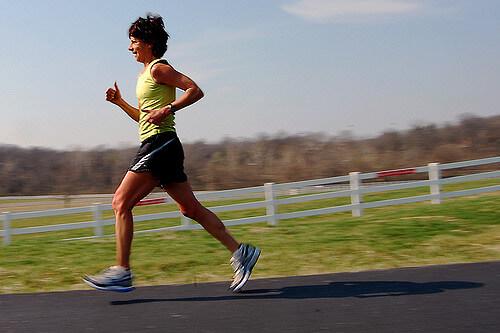
Cross training means practicing other disciplines to reinforce running performance. If you´re deciding which discipline to choose; definitely consider swimming. Both running and swimming have their own sets of benefits, which we will mention right away. Furthermore, both these sports are very complimentary, since swimming helps to ease inflammation if practiced in a cool environment.
In other words, when you´ve started to feel your joints ache after those hard running sessions, maybe its time to implement the natural anti- inflammatory therapy of swimming. This will help you to rest better since you will be working out but with a lower impact on your joints, and it will allow you to run better eventually.
Swimming is acknowledged as one of the most complete exercises for human beings. It reduces asthma since it bolsters lungs through hypoxic training, improves aerobic fitness, fortifies muscles, improves endurance, strength, flexibility, and helps to lubricate joints. It´s ability to enhance your cardiovascular and respiratory apparatus has been demonstrated. Swimming also reinforces your upper body, which is important for running.
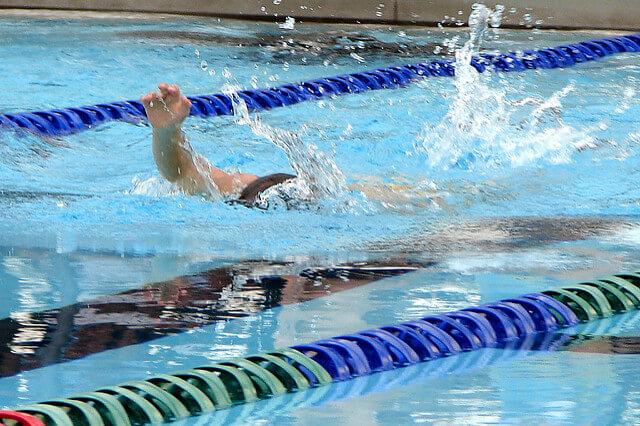
Two or three forty-five minute swimming sessions a week are enough for obtaining results on track. Swimming helps to relieve injuries and it assists in muscle recovery. And don´t under estimate that upper body training because good running isn´t all legs, your trunk, abs and arms are also crucial for the movement. Make this a routine for it to sort effect.
These are some of the benefits of swimming:
- It strengthens your organism, making you more alert, with a higher balance and a response rate that´s efficient and fast.
- It diminishes aging and increases recovery.
- Muscles work around five times more underwater and what´s ironic is the effort that needs to be done is much less, because your body weighs less.
- It increases muscular mass and invigorates, it also extends your muscles, provides strength and harmony.
- Your body acquires more mobility and elasticity underwater since your joints are active, gaining flexibility and range.
- It´s good for the cardio respiratory system and it improves coordination between breathing and movement.
- It´s an excellent exercise for your back since it increases it´s flexibility and alleviates pain. Water is also provides a formidable circulatory massage throughout the whole body.
- It gives energy and relieves stress.

And some of the benefits of running are:
- It increases your resistance to pain
- Protects and improves your skin
- It helps your cartilage grow and protects it from arthritis, contrary to common belief
- Reduces headaches
- It regenerates muscles
- It´s relaxing
- Helps to prevent some types of cancers
- It makes you smarter since it stimulates your brain
- It strengthens and fortifies and increases the thickness of your bones, making them stronger before blows and injuries.
There are also major differences between the two sports. One of them is the distance covered. Elite runners travel more that three times what a swimmer does in the same time. Also, due to the pool´s cool environment, your heart rate should be slower than that of a runner´s.
Which swimming strokes do I focus on?
The butterfly swimming- stroke is an ideal anaerobic exercise for runners, considering the number of muscles it activates. It´s also one of the hardest strokes to master according to many coaches and specialists, but well worth giving it a try. Try to have practiced the technique before you begin training, since you could injure your back by forcing your body. This stroke is made up of a push, a pull and a recovery and it is basically a synchronized movement of the arms that goes with a synchronized leg kick.
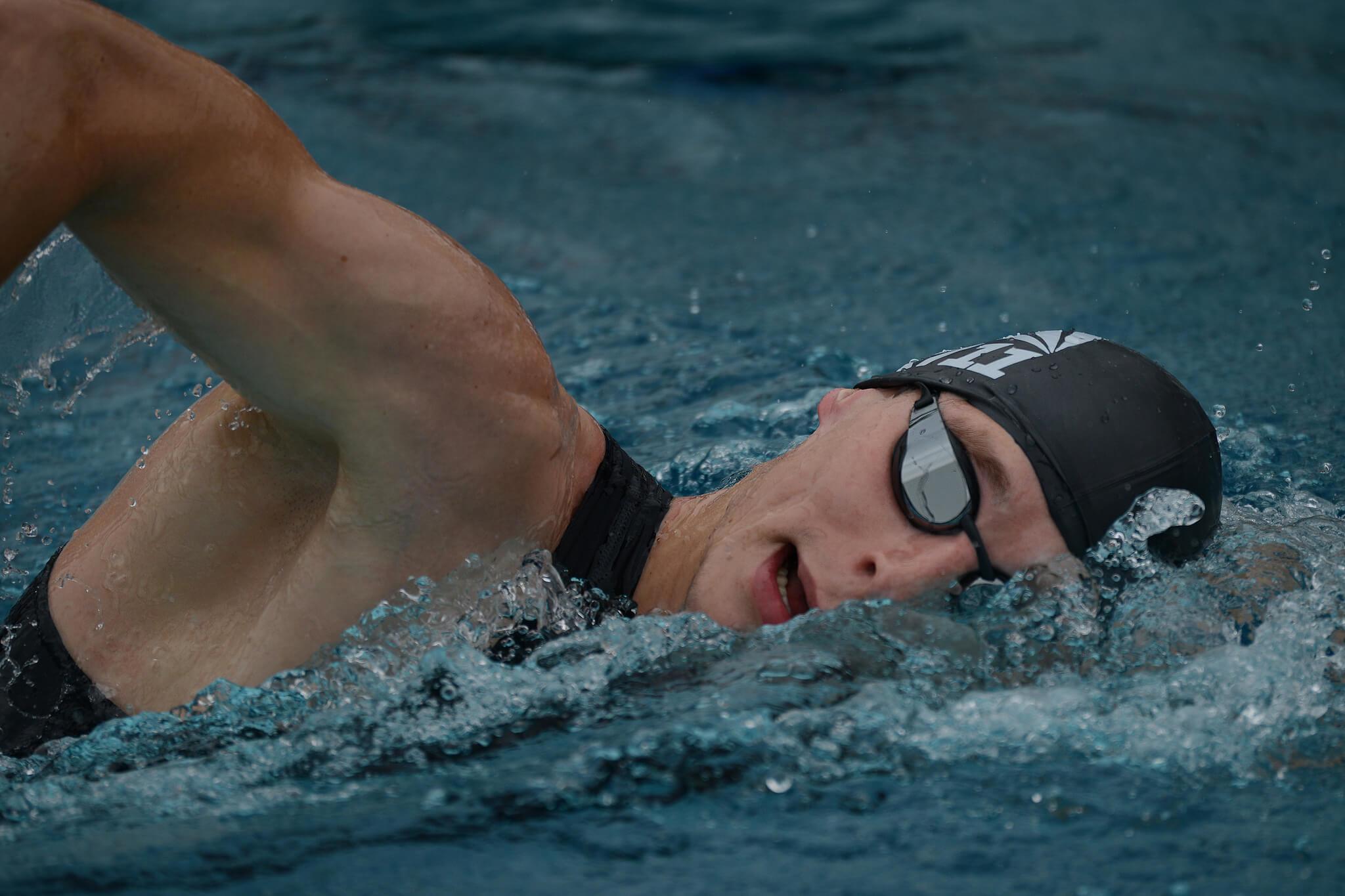
The stroke begins with your arms and legs extended and the swimmer lying on his breast. Then the hands, with palms facing away and vaguely down, move out. This is the called catching the water. You afterwards take both arms out of the water simultaneously and have them go over your body and back again. This movement is constant and goes with a movement of the hips which begins when you bring your head underwater and ends with the dolphin kick, a hard and descending movement of both legs and feet together.
If you´re not that comfortable with the butterfly stroke, give the front crawl a try. This style is commonly and mistakenly named freestyle, but according to the rules by the International Swimming Federation, freestyle actually means you can choose your stroke in competition. For the front crawl stroke you need to go forward with the movement of your legs and arms, one after the other. Both of these strokes will add resistance to every muscle in your body.
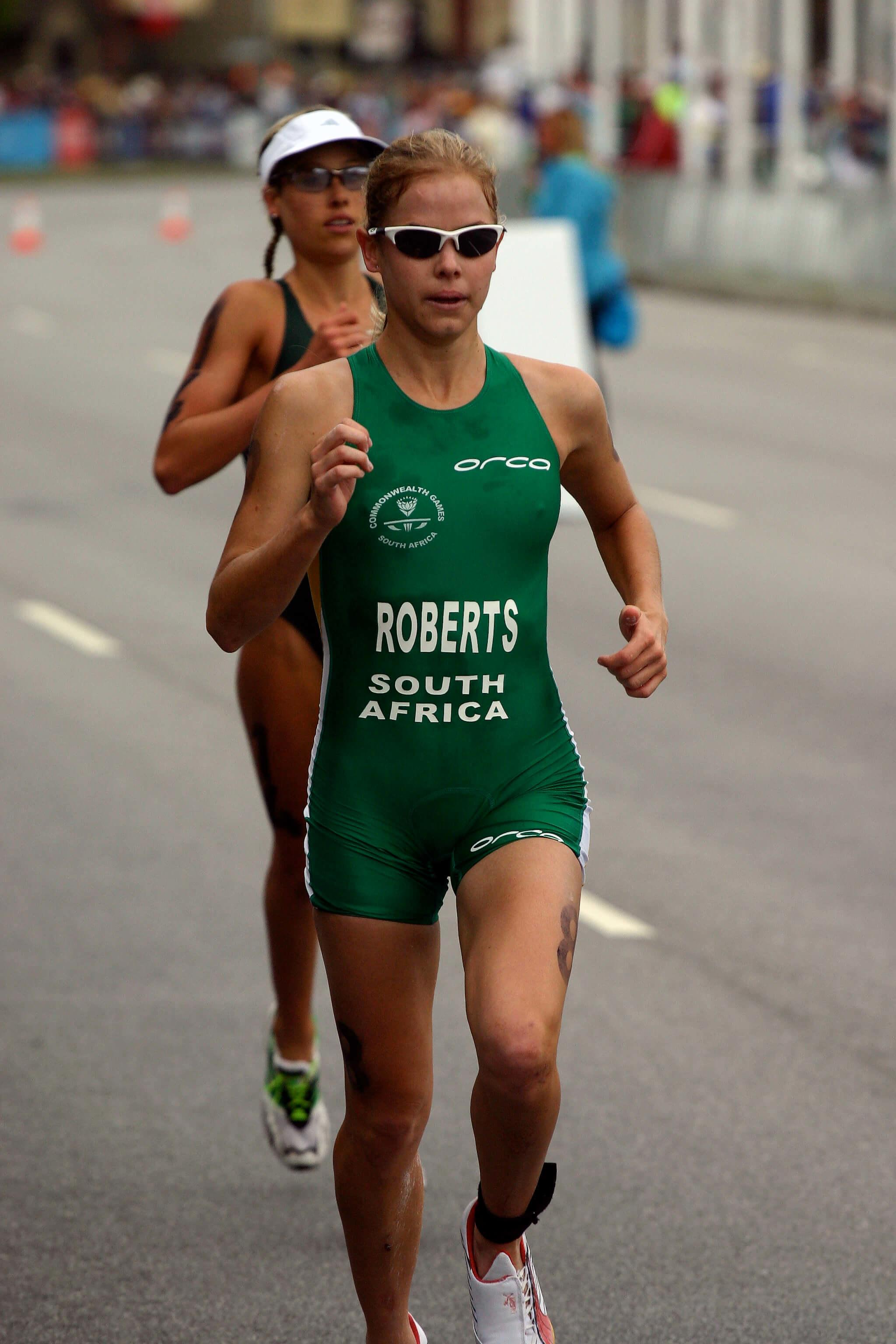
Some trainers even recommend running and swimming in the same workout; one ideal location for this feat could be the beach. You could also change that 5-mile morning jog with some swimming time. Both running and swimming are the corner stones of Olympic tradition, making them some of the most popular sports out there. They are both very beneficial if your objective is to lose weight: notice how runners and swimmers seldom have a bulky appearance. So if your goal is to push your running to the next level, definitely consider a swimming cross-training.
Related content:
- Specificity of arm training on aerobic power during swimming and running http://europepmc.org/abstract/med/6493014
Differences between swimming and running as stimuli for exercise-induced asthma http://link.springer.com/article/10.1007/BF00430229
Heart Rate Response to Submaximal and Maximal Workloads During Running and Swimming https://www.thieme-connect.com/products/ejournals/abstract/10.1055/s-2007-972644
Latest Articles
 Is Running on a Treadmill Easier Than Running Outside?Runners have their own preferences, whether it is treadmill running, running outside on the road, or exploring trails. So...
Is Running on a Treadmill Easier Than Running Outside?Runners have their own preferences, whether it is treadmill running, running outside on the road, or exploring trails. So... Is It OK to Use Trail Running Shoes on the Road?While trail running shoes can be used on roads, especially in situations where a runner encounters mixed terrains or pref...
Is It OK to Use Trail Running Shoes on the Road?While trail running shoes can be used on roads, especially in situations where a runner encounters mixed terrains or pref... How to Fix Sore Quads After Running?Rest, ice, gentle stretching, and over-the-counter pain relievers can help soothe sore quads after running. Also, ensure ...
How to Fix Sore Quads After Running?Rest, ice, gentle stretching, and over-the-counter pain relievers can help soothe sore quads after running. Also, ensure ... 10 Fruits With The Most Electrolytes to Replace Sports DrinksThese fruits are high in electrolytes such as potassium, magnesium, and calcium, essential for hydration, muscle function...
10 Fruits With The Most Electrolytes to Replace Sports DrinksThese fruits are high in electrolytes such as potassium, magnesium, and calcium, essential for hydration, muscle function...

